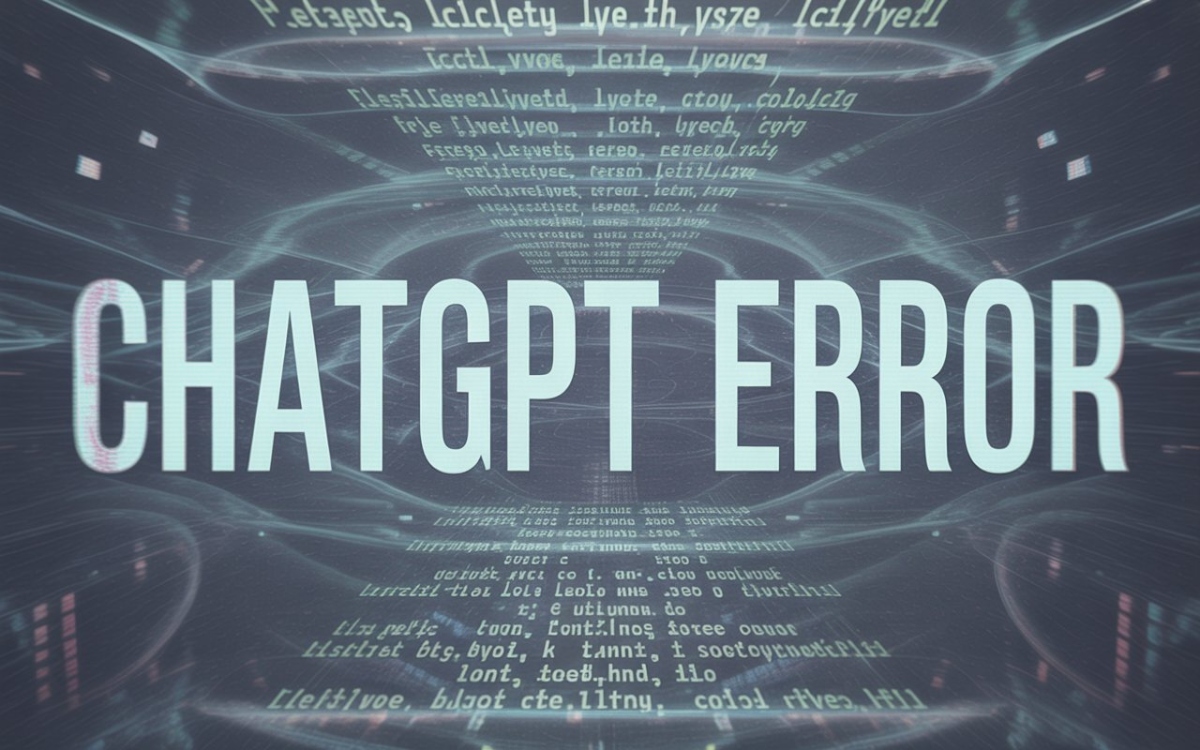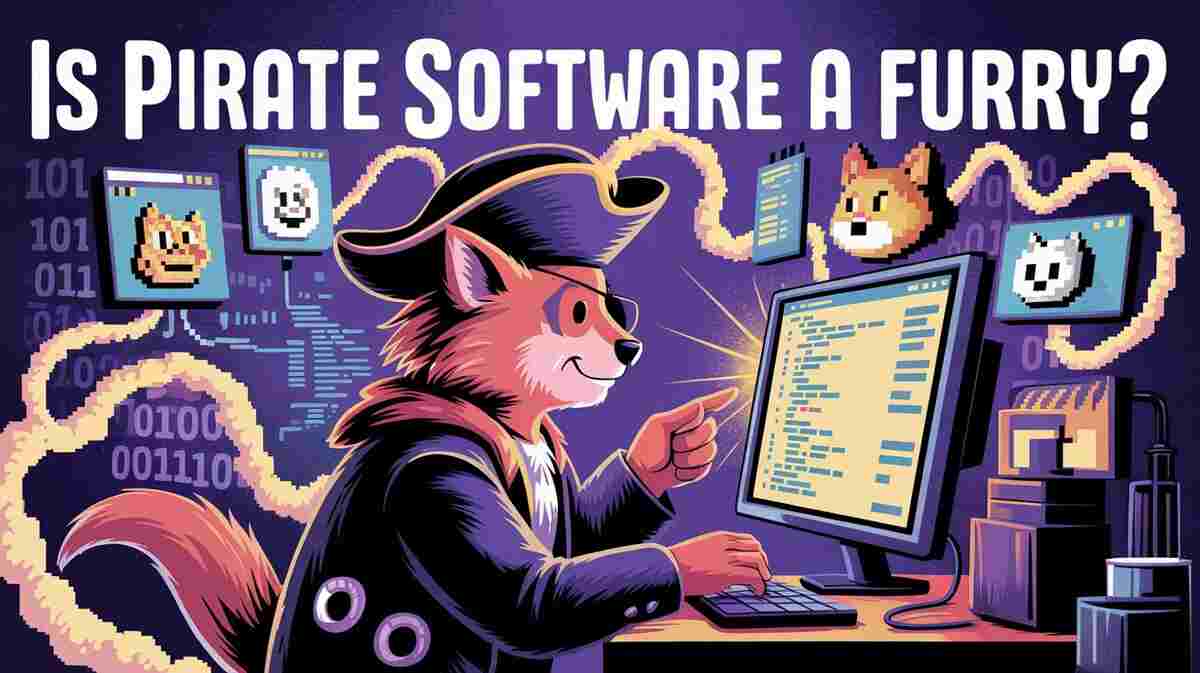Businesses of all sizes rely on enterprise application software to improve productivity, generate growth, and streamline operations in the rapidly evolving digital landscape. Robust technology is now a necessity for businesses looking to remain competitive, not an extravagance. We’ll discuss enterprise application software, its advantages, and how it can change your company.
What is Enterprise Application Software?
Enterprise application software (EAS) refers to large-scale software solutions that support and automate various business processes across an organization. These applications are typically integrated and operate in real time to facilitate the flow of information between different departments. Examples of EAS include:
- Enterprise Resource Planning (ERP) systems.
- Customer Relationship Management (CRM) software.
- Supply Chain Management (SCM) solutions.
Benefits of Implementing Enterprise Application Software
Implementing enterprise application software offers numerous benefits, including enhanced efficiency through streamlined processes, improved data accuracy and integration across departments, better decision-making with real-time insights, and scalability to accommodate business growth.
Increased Efficiency and Productivity
Enterprise application software automates routine tasks, reducing the need for manual intervention. This reduces the possibility of human error and expedites procedures, freeing up your staff to work on more strategically important tasks. Increased efficiency and productivity are crucial for business success, enabling organizations to achieve more with less. Businesses can reduce waste, minimize downtime, and enhance output by optimizing processes, streamlining workflows, and leveraging technology effectively. This not only boosts profitability but also improves employee morale and customer satisfaction. Embracing innovative tools and methodologies, such as automation and agile practices, fosters a dynamic work environment that adapts swiftly to market demands.
Improved Data Management and Decision-Making
With EAS, businesses can centralize data from various sources, providing a single source of truth. This comprehensive data visibility enables better decision-making based on real-time insights and analytics. Improved data management enhances decision-making processes by ensuring that accurate, timely, and relevant information is readily accessible. Efficient data handling practices, such as robust storage solutions and streamlined retrieval systems, enable organizations to make informed decisions swiftly. By centralizing data sources and employing advanced analytics tools, businesses can uncover valuable insights, identify trends, and predict future outcomes more confidently. This proactive approach mitigates risks and enhances operational efficiency and strategic planning.
Enhanced Collaboration and Communication
Enterprise application software facilitates seamless communication and collaboration across different departments and locations. By breaking down silos, it ensures that everyone in the organization has access to the same information, fostering a more collaborative work environment. Enhanced collaboration and communication foster a cohesive and productive work environment where teams can effectively share ideas, coordinate efforts, and achieve common goals. Organizations employ collaborative platforms, communication technology, and programs for instant messaging and project management to facilitate real-time communication and information sharing across time zones and geographical locations.
Scalability and Flexibility
Your software needs will increase along with your firm. Enterprise application software is designed to scale with your company, offering the flexibility to add new functionalities and users as required. Scalability is the capacity of a system, network, or procedure to accommodate increasing workloads and adjust to changing requirements. Flexibility, however, describes how easily and efficiently something can be adjusted or modified to meet different needs or changes in circumstances. Both are crucial in designing robust systems and strategies that can grow and evolve with varying requirements and challenges.
Cost Savings
EAS can lead to significant cost savings by automating processes and improving efficiency. It can also reduce the need for multiple standalone systems, lowering IT maintenance and support costs. Cost savings involve strategically reducing expenses through efficient resource allocation and streamlined processes. Businesses can enhance profitability and financial efficiency by optimizing expenditures without sacrificing quality or performance. This approach often includes negotiating better vendor contracts, implementing cost-effective technologies, and minimizing waste. Compelling cost-saving strategies enable organizations to allocate resources more effectively and reinvest savings into growth and innovation initiatives.
Key Considerations When Choosing Enterprise Application Software
When selecting the right enterprise application software for your business, there are several factors to consider:
- Business Needs and Objectives Determine the goals and essential business operations you have. Choose a course that aligns with your objectives and accommodates your needs.
- Ease of Integration: Ensure the software can easily integrate with your existing systems and infrastructure. This will help ensure seamless data flow and avoid disruptions during implementation.
- User-Friendliness Select software that is user-friendly and intuitive. A user-friendly design will promote adoption and reduce the time your staff must spend training.
- Vendor Support and Reputation Choose a reputable vendor with a track record of providing robust support and regular software updates. This ensures you can use the most recent features and get help when needed.
- Cost and ROI Consider the total cost of ownership, including initial purchase, implementation, and ongoing maintenance. Assess the possible return on investment to ensure the program is worth the money.
Future Trends in Enterprise Application Software
Several developments are shaping the future of enterprise application software as technology continues to advance:
Artificial Intelligence and Machine Learning
Thanks to machine learning (ML) and artificial intelligence (AI), computers can now carry out tasks that formerly required human intelligence. AI is concerned with building intelligent systems, whereas ML uses algorithms that learn from data and become more efficient over time. These technologies drive breakthroughs in several areas, including healthcare, banking, and transportation. Applications range from computer vision and autonomous systems to automated decision-making and natural language processing.
Cloud-Based Solutions
Cloud-based solutions refer to services and applications hosted and accessed over the Internet instead of on local servers or personal devices. This model offers scalability, flexibility, and cost efficiency, enabling users to access computing resources on demand. With cloud service providers’ trustworthy data storage, user-friendly collaboration tools, and enhanced security measures, businesses can focus on their core skills. It also eliminates the requirement for extensive hardware maintenance and investment.
Mobile Accessibility
Mobile accessibility refers to the ability of websites, apps, and digital material to be conveniently accessed and utilized on portable electronic devices like smartphones and tablets. It involves designing interfaces and functionalities that are responsive, user-friendly, and optimized for smaller screens and touch interactions. Ensuring mobile accessibility improves user experience, expands audience reach, and aligns with the growing trend of mobile-first browsing and usage patterns in today’s digital landscape.
Enhanced Security Features
Enhanced security features include advanced security methods implemented to safeguard digital systems, networks, and data against cyber threats, unauthorized access, and breaches. These features may include multi-factor authentication (MFA), encryption protocols, regular security updates, intrusion detection systems (IDS), and robust access controls. By integrating such measures, organizations can fortify their defenses against evolving cybersecurity risks, safeguard sensitive information, maintain adherence to legal requirements, and promote mutual trust.
Conclusion
Investing in the right enterprise application software (EAS) can be a game-changer for your business. EAS can drive efficiency and growth by automating processes, improving data management, and enhancing collaboration. You’re ahead of the curve by looking for new trends and selecting solutions that meet your company’s needs. With EAS, you can realize your company’s full potential and grow it to new heights.














